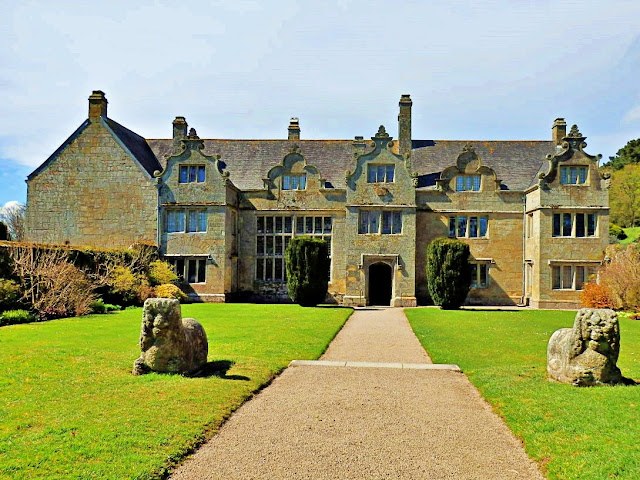A while back I published a post The Mysterious Creatures Guarding Helman Tor, Cornwall. Today I have a few more photos of the tor.
Following excavations there is evidence that the Tor was occupied in Neolithic Times.
It is thought that stone huts and a settlement were once on this spot.
The Tor may well have been used as a place for ceremonies and trading.
Though the Tor is a harsh environment it would have been preferable to - what would have been - the wild landscape below.
High points have always attracted people because of the feeling of security the views give them. From the Tor on a clear day both of the Cornish coasts can be seen - the Atlantic in the north and the English Channel to the south.
Exmoor ponies can sometimes be seen in the winter months. They are a hardy breed and help to keep the scrub down. I have seen them but for some reason have never snapped a photo of them.
I like to visit here and, as I have mentioned previously, have rarely seen other visitors. I guess it is off the normal tourist trail - most visitors seem to refer Cornwall's beaches and fishing villages.
The shapes and formations of the granite rocks are always fascinating.
It's not the easiest of places to visit as the roads are very narrow. I always have my fingers crossed that there is no one driving in the opposite direction - it seems to work, touch wood!
The Tor is now designated as a scheduled ancient monument.
See also:
The Mysterious Creatures Guarding Helman Tor, Cornwall




























































